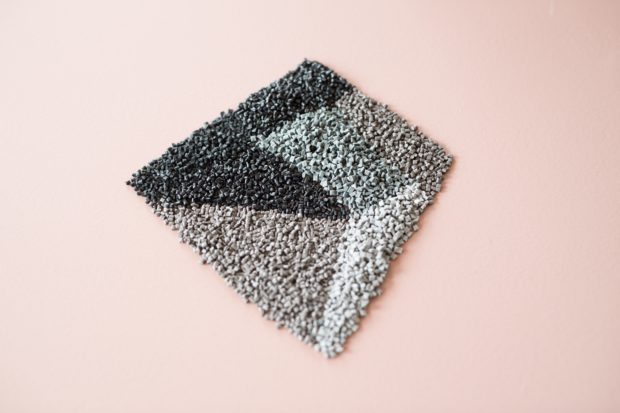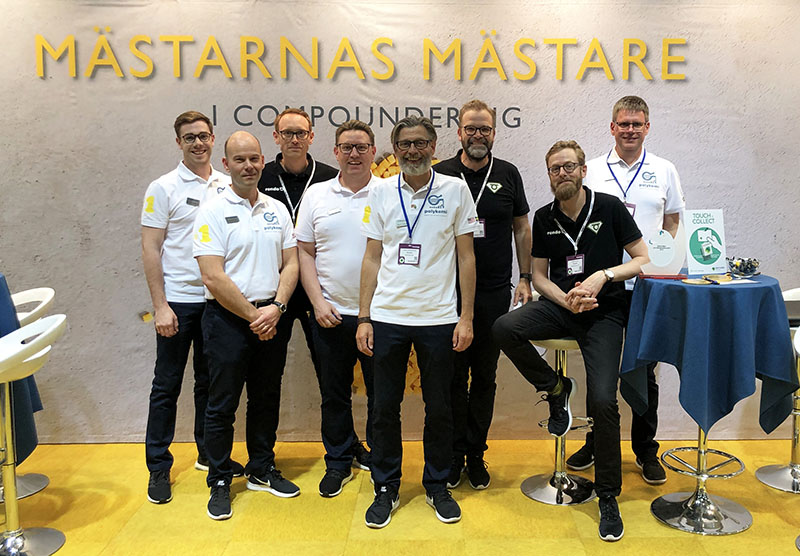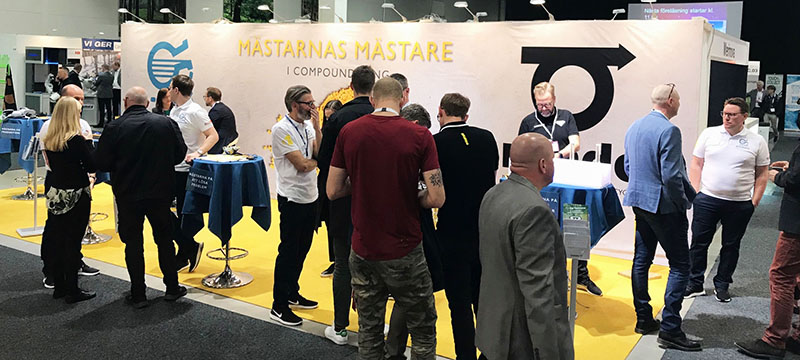During September 2020, an art exhibition was held in Malmö, where the purpose was to draw attention to society’s major sustainability challenges related to plastic, especially what opportunities there are on how to face them. Rondo Plast sponsored the exhibition with several different recycled materials.
It is easy to dismiss plastic as a material that only causes problems. But plastics also have an important role to play in the transition towards a more sustainable society. We need to broaden our conceptions of plastics, in order to shift perspectives on how we design, produce, apply and use the material.
The artist and designer Kajsa Willner wanted to highlight this in the exhibition Materiality & Aggregation, to in an artistic context inspire and evoke curiosity about plastic, their material properties and their functionality in different applications.

Kajsa Willner built the interpretations and exhibition architecture with the aim of making as little CO2-emissions as possible, using sustainable materials from local firms. Rondo Plast sponsored the exhibition with several different materials, based on both fully and partially recycled plastic raw material.
The materials were used in a creation in the form of a transparent patchwork with 117 pockets filled with different plastic granules representing the many plastic types available on the market.
Materiality & Aggregation
The exhibition Materiality & Aggregation had its starting point in a discussion brief brought forward by the research program STEPS (Sustainable Plastics and Transition Pathways).
The report addresses how to face society’s major sustainability challenges related to plastics. Designer Kajsa Willner interpreted these challenges in five pathways to a more sustainable plastic society. The five pathways were: reduce use, recycle more, fewer types, bio based plastics and biodegradable plastics. The pathways were interpreted separately in the exhibition, but all together were meant to be crucial in the transition towards a more sustainable plastic future.
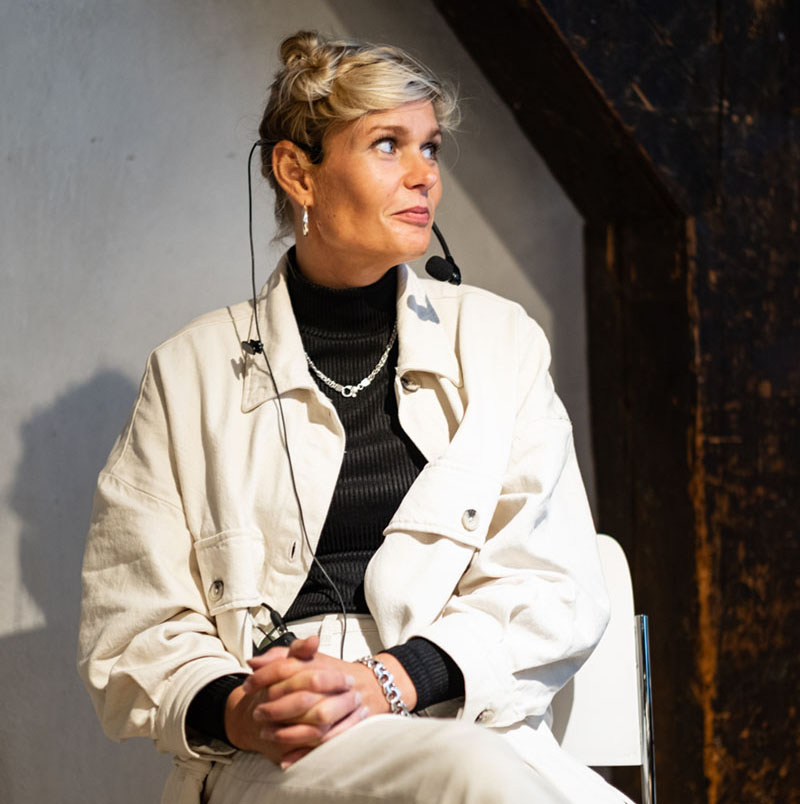
– The aim for me as a designer and for this exhibition is to use design as a tool to communicate, to convey academic research in a way that can reach out to a wider audience, says Kajsa Willner.
– In this case it’s about nuancing the public debate around plastic and advocate a more holistic view to how we approach the material.
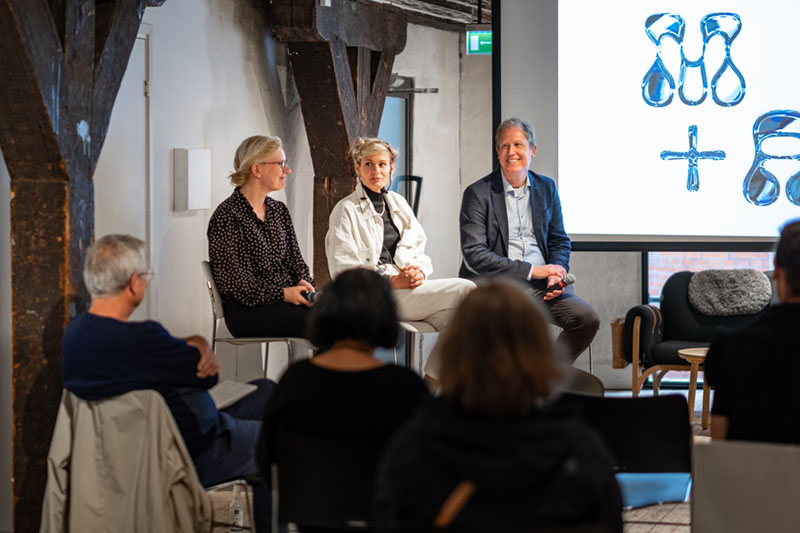
A panel discussion was also held during the opening of the exhibition. It included designer Kajsa Willner, representatives from STEPS and Form/Design Center.
The discussion was about how design, academia and the industry can work together for a more sustainable plastics society.
The exhibition was held between 10-27 September 2020 at Hedmanska gården in Malmö, Sweden, in front of Form/Design Center – a large meeting place for architecture, design and art in southern Sweden.
Read more about the exhibition here →
Read more about the designer Kajsa Willner here →
Photographer image 1: Kennet Ruona
Photographer remaining photos: Daniel Engvall


